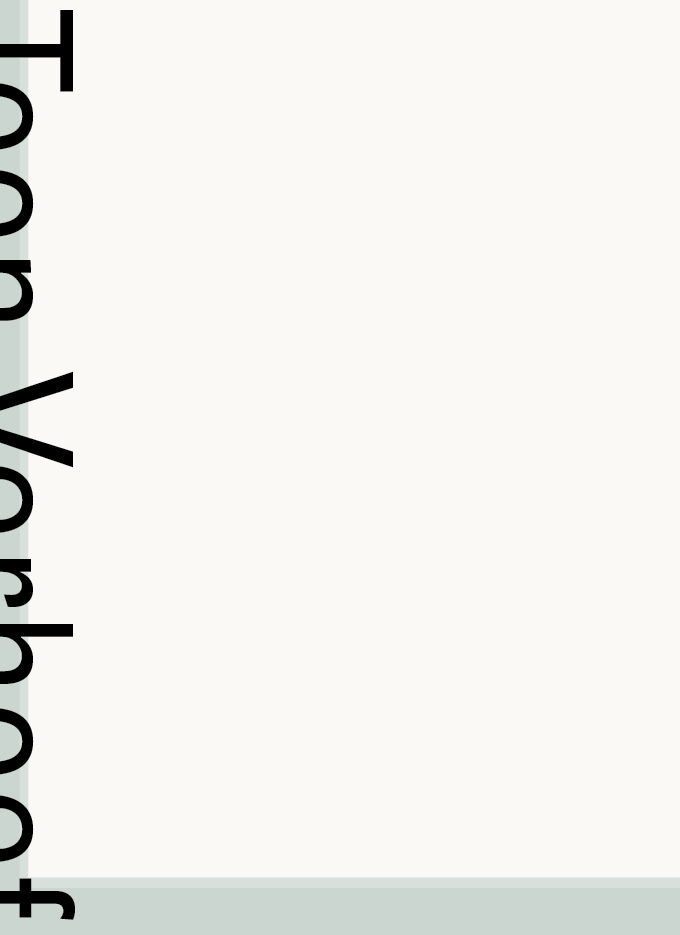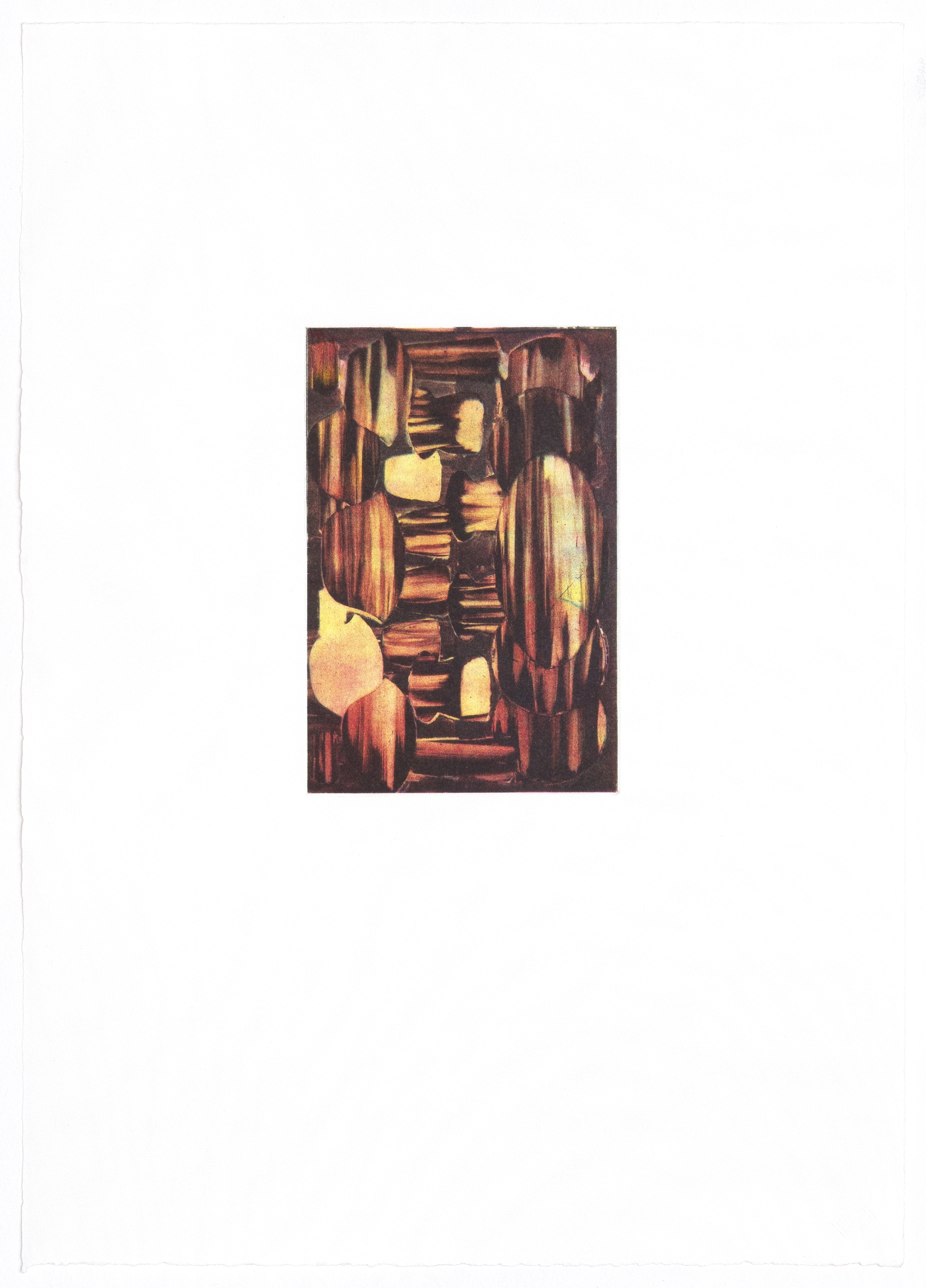Toon Verhoef
19.9. —
16.11.2014
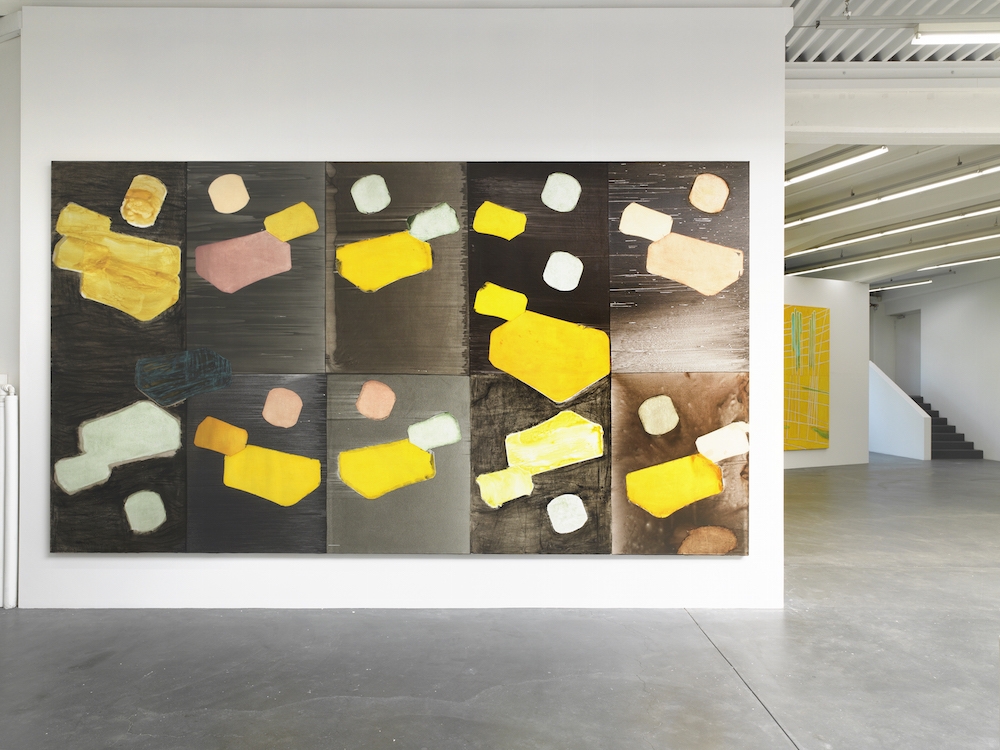
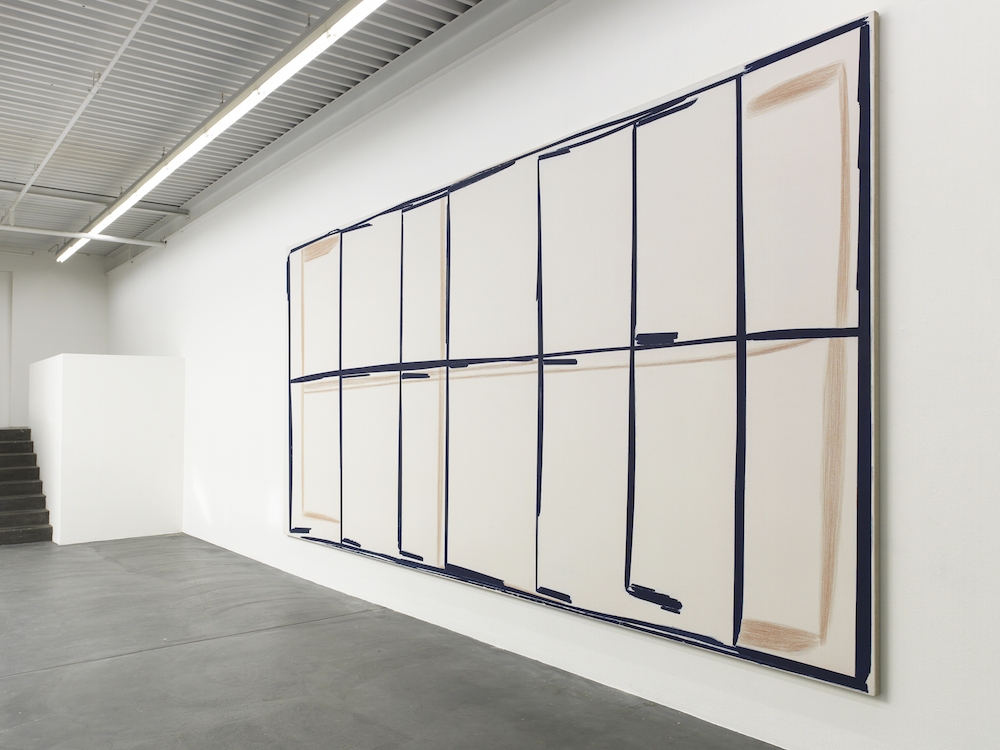
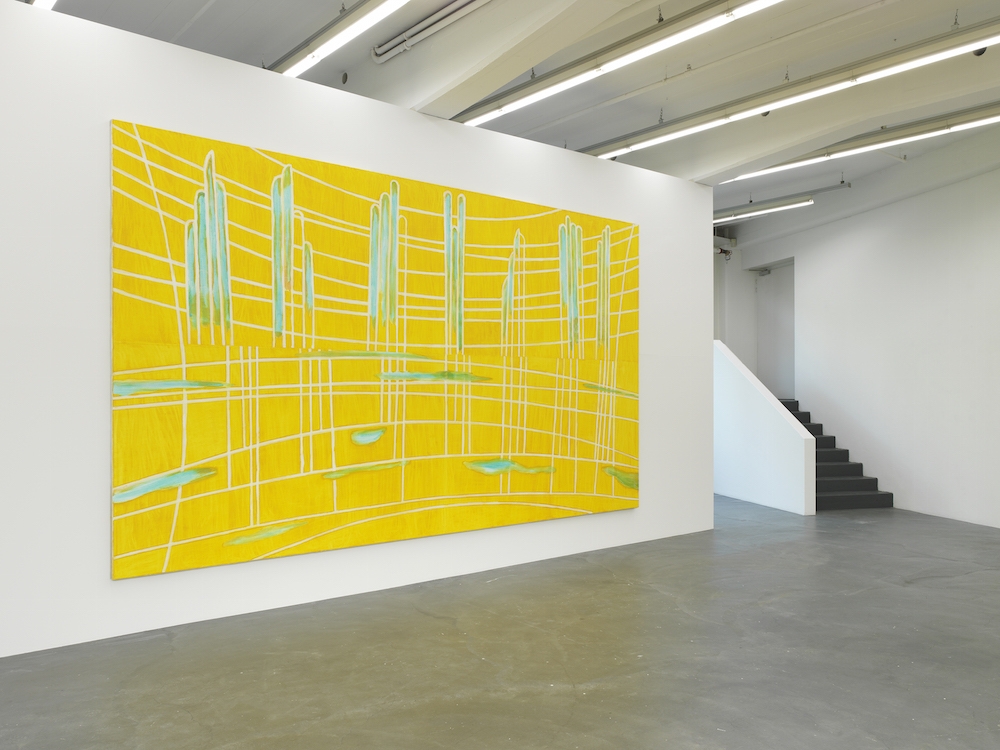
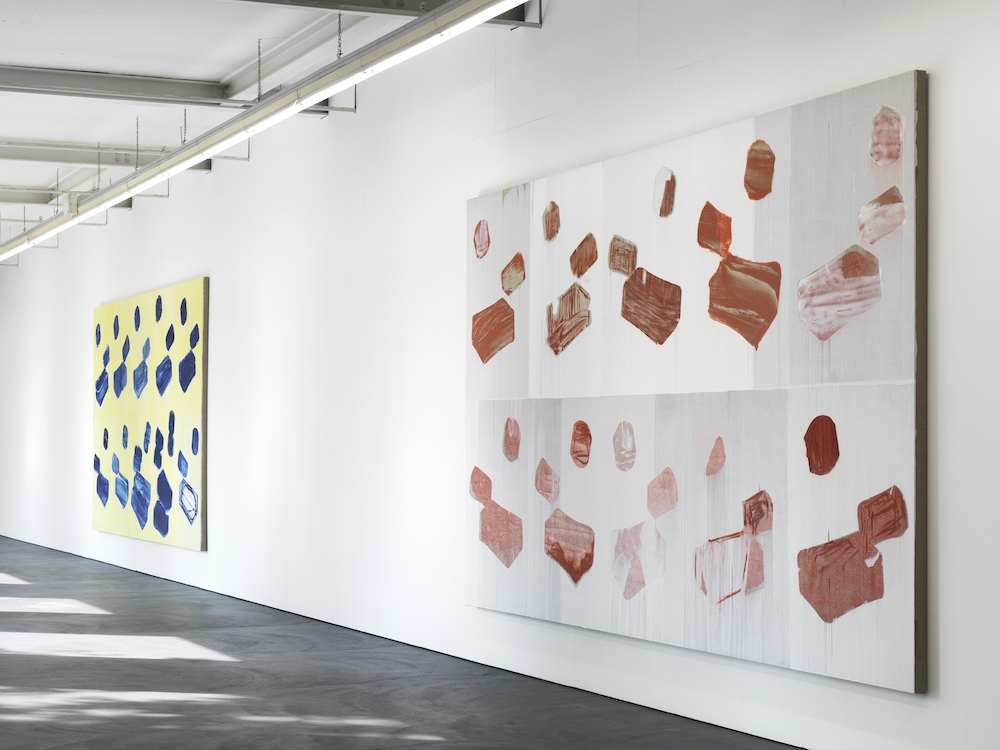
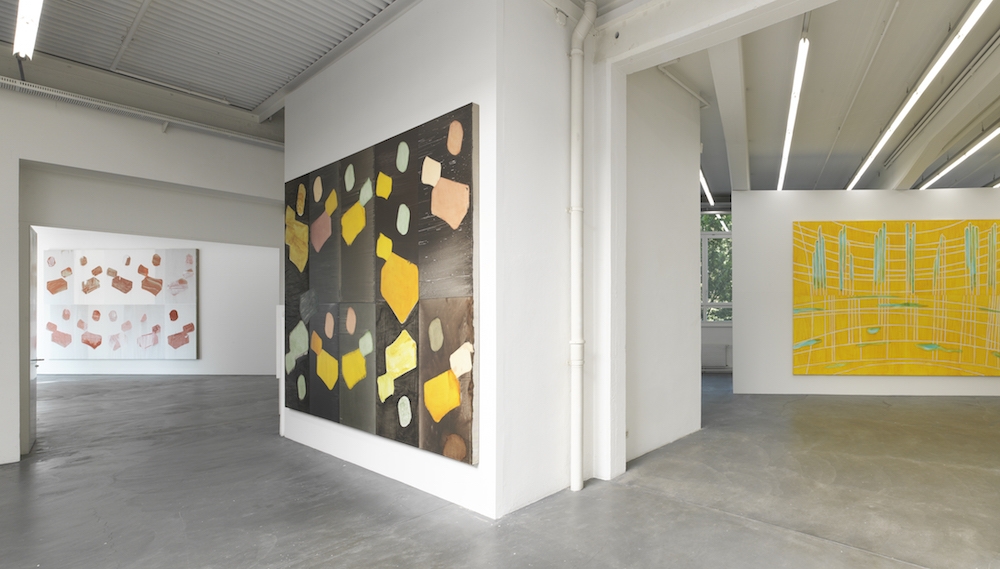
Selected press coverage
Solo exhibition by Toon Verhoef who is based in Amsterdam and Edam. The Kunsthaus Baselland is delighted to introduce Toon Verhoef with a current group of large scale paintings realised in recent months. This exhibition comes about in cooperation with the De Pont Museum for Contemporay Art, Tilburg (NL).
Excerpt of the exhibition catalogue Toon Verhoef
Exhibitions are not formed with Toon Verhoef’s paintings — that would be the wrong term. Instead Toon Verhoef’s paintings generate unusual situations. The entireties of wall surfaces are taken over by the paintings several metres tall and wide. They inevitably relate to those situated to left and right, create new, surprising adjacencies and make walls disappear. Greater expansiveness or physical presence could hardly be possible. Yet this is not only to do with the atypical format.
For many years Toon Verhoef has been known for his large-format paintings. These are paintings that confront anyone who has to engage with them with the limits of what can be transported and how to deal with them. Many of the large-format stretched canvases can only leave the artist’s studio in a rolled state. These practical considerations, even difficulties, have not, nonetheless, dissuaded Toon Verhoef from sticking to an artistic strategy that he finds important and interesting. And yet over the past ten years or so he has hardly realised any large paintings. In recent times he has been increasingly occupied with smaller formats, drawings and even print works which enabled other techniques and particularly lines of enquiry and topics — on more manageable picture surfaces.
Now, since 2013, he has returned to work on large paintings and has realised four new major works in view of his presentations at the Kunsthaus Baselland and at the De Pont Museum Tilburg, each with the dimensions of 2.8 x 5 metres. No matter how good illustrations are, they cannot transmit the physical presence and direct experience of these paintings, and this is not only due to their size. To be able to stand before them and to experience their placement in space means also, instantly, to be within them, to not be able to distance oneself from them. The chosen format allows a direct immersion in what one sees and experiences. One might be accustomed to seeing not only the painted surface but also — even with larger paintings — the edge, frame and wall, but with Toon Verhoef’s paintings it is different. All one can see is painting.
Throughout the many discussions that I have been able to have with Toon Verhoef over the past months, be that in his Amsterdam studio, at the Kunsthaus Baselland or at the Staatlichen Akademie der Bildenden Künste in Karlsruhe where he taught for many years, Verhoef returned to speak again and again about the genre of film, which has always had a great fascination for him. So it is apt to compare his large paintings with a film screen, a cinema screen that transfixes the viewer just as directly. And yet we are aware that a cinema screen is only a white plane onto which images are projected to tell a narrative. They take us into a fascinating, but at the same time illusory, world while all around us lies in darkness. Toon Verhoef’s paintings function differently. They are reality; they are material, colour, layers of depth, size, weight and smell. They are not linear, to be appreciated bit by bit. They convey themselves in a wealth of synchronous sensations, of tones of colour and at the same time are filled with questions and inexplicability. To experience them – not to understand them but to experience them – requires time, light and the necessary space.
In one of our conversations Verhoef used a delightful comparison for his painting: he told me how he is fascinated by scenes from American films like this one — a middle class family in a typical suburban street, the children are bouncing around the house, and suddenly someone opens a hidden door and at a stroke everything possible falls out. There is no better description for Toon Verhoef’s paintings. You approach them, drawn by the mostly airy, exhilarating choices of colour, by the astounding size as well as by forms that are difficult to recognise — and suddenly everything comes at you. Everything surprising, inexplicable, fascinating and irritating. This unbelievable contemporaneousness of things, forms and movements, which we know all too well from life, that offers us this plenitude at every instant.
In his paintings Toon Verhoef does not tell of what is not there. He doesn’t tell us anything at all in them. Rather more, Toon Verhoef’s paintings show what is there. They show this very indescribable and astounding synchronicity, how it is inexplicable, the moment in which something becomes visible on the surface of the image — and yet at that very moment is on the point of disappearing in its layers of depth.
To ask what is so novel and surprising in Toon Verhoef’s painting seems to be the same as approaching the question of what we continually find novel and surprising about the world and being-in-the-world. The paintings are not fascinating because we are confronted with things we do not know, but because we see and grasp what we think we know, but can see anew. Thus Toon Verhoef’s paintings let us be a little bit more part of the world.
Text by Ines Goldbach
The exhibition was generously supported by kulturelles.bl, Mondriaan Fund, Migros Kulturprozent, Basellandschaftliche Kantonalbank, Gemeinde Muttenz as well as werner sutter AG.
During Toon Verhoef's exhibition the solo exhibition by Erik Steinbrecher was also on display.
